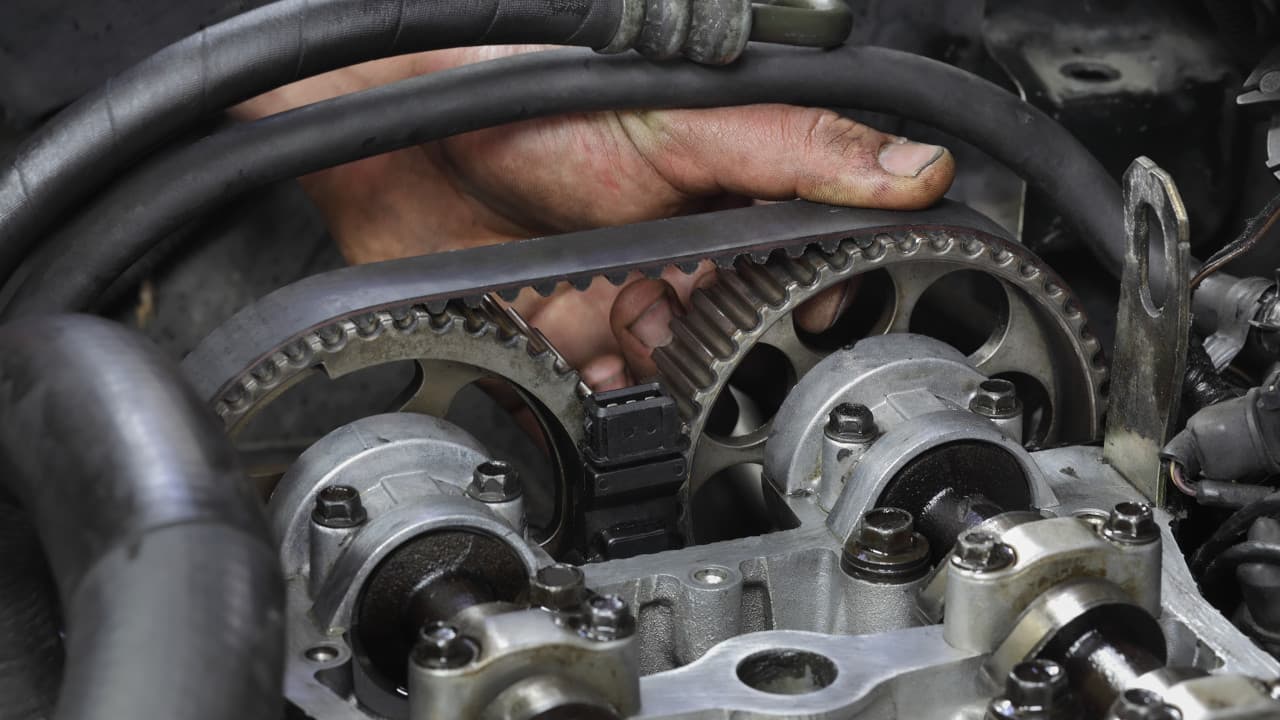- Arabic
- French
- Russian
- Spanish
- Portuguese
- Turkish
- Armenian
- English
- Albanian
- Amharic
- Azerbaijani
- Basque
- Belarusian
- Bengali
- Bosnian
- Bulgarian
- Catalan
- Cebuano
- Corsican
- Croatian
- Czech
- Danish
- Dutch
- Afrikaans
- Esperanto
- Estonian
- Finnish
- Frisian
- Galician
- Georgian
- German
- Greek
- Gujarati
- Haitian Creole
- hausa
- hawaiian
- Hebrew
- Hindi
- Miao
- Hungarian
- Icelandic
- igbo
- Indonesian
- irish
- Italian
- Japanese
- Javanese
- Kannada
- kazakh
- Khmer
- Rwandese
- Korean
- Kurdish
- Kyrgyz
- Lao
- Latin
- Latvian
- Lithuanian
- Luxembourgish
- Macedonian
- Malgashi
- Malay
- Malayalam
- Maltese
- Maori
- Marathi
- Mongolian
- Myanmar
- Nepali
- Norwegian
- Norwegian
- Occitan
- Pashto
- Persian
- Polish
- Punjabi
- Romanian
- Samoan
- Scottish Gaelic
- Serbian
- Sesotho
- Shona
- Sindhi
- Sinhala
- Slovak
- Slovenian
- Somali
- Sundanese
- Swahili
- Swedish
- Tagalog
- Tajik
- Tamil
- Tatar
- Telugu
- Thai
- Turkmen
- Ukrainian
- Urdu
- Uighur
- Uzbek
- Vietnamese
- Welsh
- Bantu
- Yiddish
- Yoruba
- Zulu
Oct . 21, 2024 10:37 Back to list
Understanding Timing Belts for Optimal Engine Performance and Maintenance
Understanding Timing Belts Importance, Functionality, and Maintenance
Timing belts are essential components in many internal combustion engines, designed to ensure the synchronization of the camshaft and crankshaft. This synchronization is crucial for optimal engine performance, ensuring that the engine's valves open and close at the correct moments in relation to the position of the pistons. In this article, we will explore the importance, functionality, and maintenance of timing belts.
What is a Timing Belt?
A timing belt is a flexible loop of reinforced rubber that is placed in the timing mechanism of an engine. It connects the crankshaft to the camshaft(s), translating the rotational movement of the crankshaft into a timed, controlled movement of the camshaft. This precise timing is necessary for engine operation, as it dictates when the engine's intake and exhaust valves open and close.
The Importance of Timing Belts
The functionality of a timing belt is paramount to the overall operation of an engine. If the timing belt fails, it can lead to catastrophic engine failure. In interference engines, where the valves and pistons occupy the same space, a broken timing belt can cause severe damage, bending valves, damaging pistons, and potentially necessitating a complete engine rebuild. On the other hand, in non-interference engines, a timing belt failure can lead to a loss of power and drivable condition, but without the same level of internal damage.
Timing belts are typically made from high-quality rubber and reinforced with fibers, enabling them to withstand the high temperatures and pressures found in an engine compartment. Given their crucial role, most manufacturers recommend regular inspections and replacements at specific intervals to prevent unexpected failures.
timing belts

Signs of Timing Belt Trouble
To avoid the risks associated with timing belt failure, it is essential to be aware of the signs that may indicate it is time for a replacement. Common indicators include unusual noises coming from the engine, such as a high-pitched squeal, or a noticeable decrease in engine performance. Additionally, if you notice that the engine is misfiring, or if you spot oil leaking near the timing belt cover, these could be signs of belt wear or failure.
Maintenance and Replacement
Regular maintenance is key to ensuring the longevity of a timing belt. Most manufacturers suggest replacing the timing belt every 60,000 to 100,000 miles, but this can vary based on vehicle make and model. It’s essential to consult your owner's manual for specific recommendations.
When replacing a timing belt, it is also crucial to consider replacing other components that work in tandem with it, such as the water pump, tensioners, and idler pulleys. This is often referred to as a timing belt kit, and doing so can save considerable time and money in the long run, as these parts are often due for replacement around the same time as the belt.
Conclusion
In conclusion, timing belts are an integral part of an engine’s functionality, playing a critical role in maintaining proper timing for optimal performance. Understanding their importance, recognizing the signs of wear, and adhering to maintenance schedules can help vehicle owners avoid potentially costly repairs and ensure their engines run smoothly. Regular check-ups and timely replacements can greatly extend the life of an engine and provide peace of mind on the road.
-
Upgrade Power Steering Pump Belt for Smooth, Quiet Operation
NewsAug.27,2025
-
Precision Timing Belt & Chain: Engine Performance & Durability
NewsAug.26,2025
-
Precision Lathe Drive Belts: Durable & Reliable Performance
NewsAug.25,2025
-
84.5 Serpentine Belt: Durable & Precision Fit for Your Engine
NewsAug.24,2025
-
Premium Ribbed Drive Belts for Quiet Power Transmission
NewsAug.23,2025
-
High-Performance Vehicle Timing Belt for Engine Precision
NewsAug.22,2025

